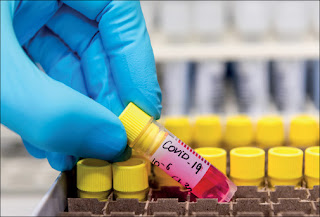
The NASA headquarters will now bear the name of Mary Winston Jackson (1921--2005).
NASA will be renaming its headquarters after Mary W. Jackson, the agency's first African American female engineer who helped inspire the story behind the book and film "Hidden Figures."
"Mary W. Jackson was part of a group of very important women who helped NASA succeed in getting American astronauts into space," NASA Administrator Jim Bridenstine said in the agency's announcement Wednesday.
"Mary never accepted the status quo, she helped break barriers and open opportunities for African Americans and women in the field of engineering and technology."

Mary W. Jackson NASA Headquarters building in Washington, D.C.
The news comes amid renewed calls for equality following the death of George Floyd, a 46-year-old Black man who died at the hands of Minneapolis police in late May. His death, along with that of Breonna Taylor in Louisville, Kentucky, sparked nationwide demonstrations calling for justice and an end to police brutality.





